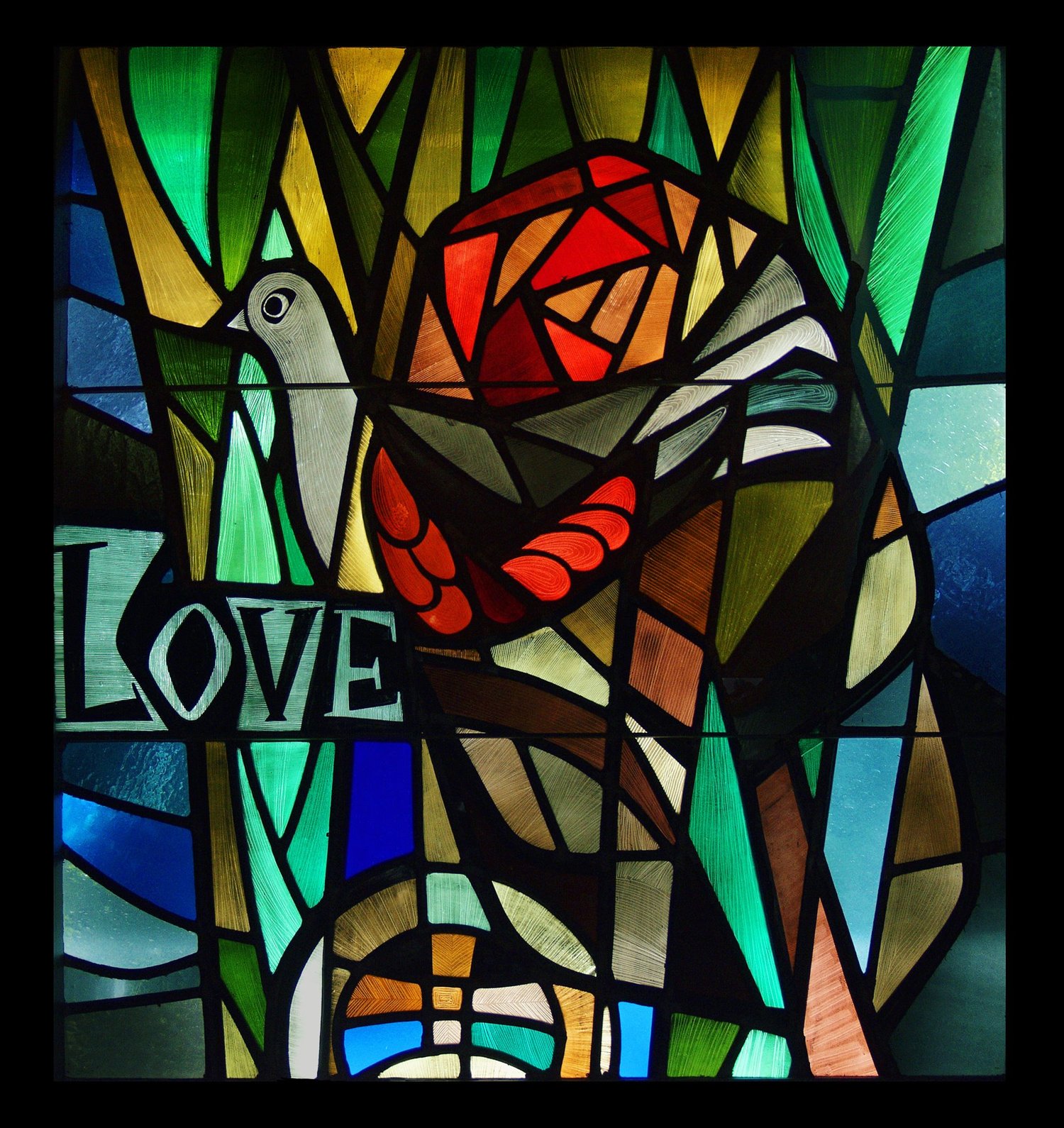A Really Good Read: “Unsheltered” by Barbara Kingsolver
Suggested by Ruth Robinson
Can a house be a character in a book? Have you ever thought about what would happen to you if your own home could not shelter you, through fire or earthquake destruction? Can anything good come from not having shelter? What if “shelter” was a set of ideas or beliefs?
Kingsolver’s newest novel takes us to contemporary Vineland, NJ and the same place in 1874. She weaves the (amazing to us) disbelief in science and especially Darwin’s discoveries against the (frightening to us) prospect that global climate change might leave us all unsheltered.
If belief in a literal Bible gets shaken up, how similar is that to a shake up in belief that the consumer cry of more-bigger-better might be the end of us all? The God of wrath seems much like the God or idol of riches. Both loving and very non-likeable characters take us through a creative and clever series of similarities.
When Willa and her professor husband, Iano, find themselves in a ramshackle house in New Jersey, complete with a very disabled father-in-law, Nick, who insists on top volume talk radio 24/7 blaring out how horrible the Mexicans are, how terrible liberals are etc. etc., we think it can’t get worse. But wait. Enter 26-year-old Antigone (Tig), their uber-liberal daughter, and an infant grandson, son of the Harvard economist and Wall Street wheeler-dealer, Zeke, older sibling to Tig. Whew. Then their house seems to be about to fall down. What are they thinking?
Next chapter: Vineland, NJ, 1874, and Thatcher, high school science teacher, married to Rose (a pain in the you-know-what if ever there was), living in an equally ramshackle house (maybe the same one), and having to support the house, the wife, his mother-in-law (a female equivalent to the modern Nick), and a headstrong teenage sister-in-law, Polly. Thatcher cannot understand how anyone, especially the principal of his school, could object to using science in a science classroom. What are they thinking?
Back and forth, 2016 to 1874, and you’ll discover some history you may not have known. Mary Treat, 1874 biologist, did indeed live and work in New Jersey. She is the next-door neighbor to Thatcher and family in the book.
Much to think about, especially as the theme of becoming unsheltered goes throughout the book. What else can we do, as concerned citizens, and whom do we learn from? How is justice woven throughout the book? The 1874 chapters are easy to tsk-tsk about, but the 2016 ones sting a little too close to home. Sometimes shelter can be more of a prison that comfort; when to let go, when to move on.

